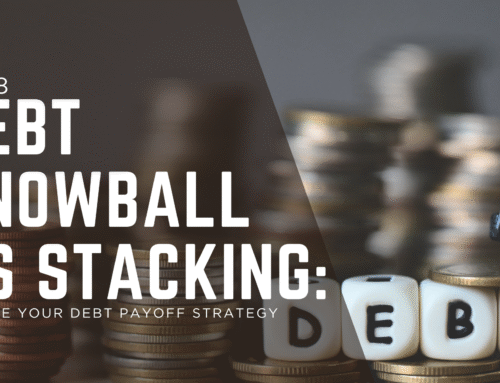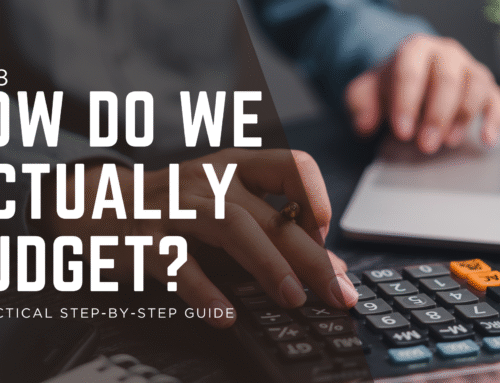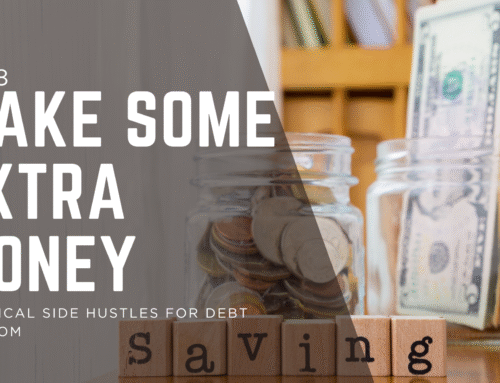
🔄 The Debt-Free Difference
A life without payments is very different from one with payments. Debt free living means saving up for things. It means making sacrifices and resisting impulse purchases. It means limiting the amount of money you waste each month.
🔍 Time for Self-Reflection
If you always have debts to pay and you find it hard to pay your debt then you should check your daily habit and lifestyle as that may be contributing to the reason you are always in debt.
Habit 1: They Live Below Their Means
1 People who are debt-free live below their means. They know they have to do so, even if they can afford to live beyond their means. They do this to save more and also not to accumulate debt.
💰 The “Pay Yourself First” Strategy
They also set aside a certain amount of their income and put it into their savings, then live off what is left of it.
📉 Reduce Fixed Expenses
Downgrade subscriptions, negotiate bills, find cheaper alternatives for regular expenses
🛒 Smart Spending
Wait 24 hours before major purchases, use cash for discretionary spending, avoid lifestyle inflation
📊 Track Everything
Use budgeting apps, review spending weekly, identify money leaks in your routine
Habit 2: They Follow a Budget
2 People who are debt-free have a budget they work with, which works well for them and they also stick to. They set realistic budgets which are in tune with their monthly income.
🎯 Your Budgeting Starting Point
If you have no budget, then you should start by creating a realistic budget you can follow through monthly.
Habit 3: They Have Multiple Streams of Income
3 Those who are debt-free have more than one stream of income. They do not get their money from only one source. It’s either they have a second job, business or a side hustle.
🚀 Beyond the 9-to-5
While some have investments they venture into, just to make more money. You should also find ways to make more money by having at least more than a stream of income.
💼 Side Hustles
Freelancing, consulting, part-time work, gig economy jobs, online businesses
📈 Passive Income
Dividend stocks, rental income, digital products, peer-to-peer lending
🛠️ Skills Monetization
Teaching/tutoring, crafting, repair services, content creation, coaching
Habit 4: They Set Financial Goals
4 People who don’t have debt have financial goals they set to achieve within a time range. They know what their aims are financially and they go for it.
🎯 Goal-Oriented Mindset
They cannot afford to incur debt if they want to achieve their financial goals. They have set plan for their short-term and long-term goals.
📝 Start Today
This is one habit of people who are debt-free you should try. Try setting financial goals you plan to achieve within a time frame.
Habit 5: They Have Both Savings and Emergency Fund
5 It is very clear that if you have steady savings and a functioning emergency fund, you would be free of debt.
🏦 The Two-Fund System
People who are debt free have savings which they keep building for major projects. They also have emergency funds for unexpected situations, which won’t affect their income or their savings in any way.
🛣️ Your Debt-Free Journey Roadmap
Assess Your Current SituationList all debts, calculate total owed, understand interest rates, and track your spending patterns
Create Your Debt-Free PlanChoose a debt repayment strategy (snowball or avalanche method), set timeline, and establish milestones
Implement the 5 HabitsStart living below your means, create and follow a budget, develop multiple income streams
Build Your Safety NetsEstablish emergency fund (3-6 months of expenses), start savings for future goals
Maintain Debt-Free LivingContinue good habits, avoid new debt, help others achieve financial freedom
🎯 Debt-Free Living: A Goal for ALL
Living debt-free is not just a state for some, it is a goal for ALL. Regardless of your current financial state, we hope this list helps you set your goals.
“A wealthy person is simply someone who has learned how to make money when they’re not working.” – Robert Kiyosaki
📚 Continue Your Financial Journey
Ready to take the next step? Explore our complete Financial Rules of Thumb series .







